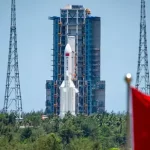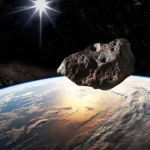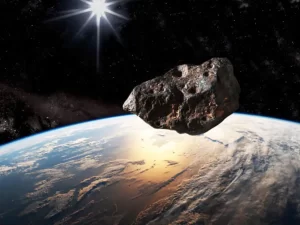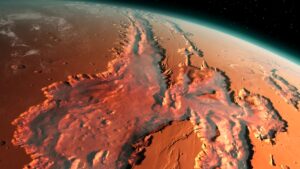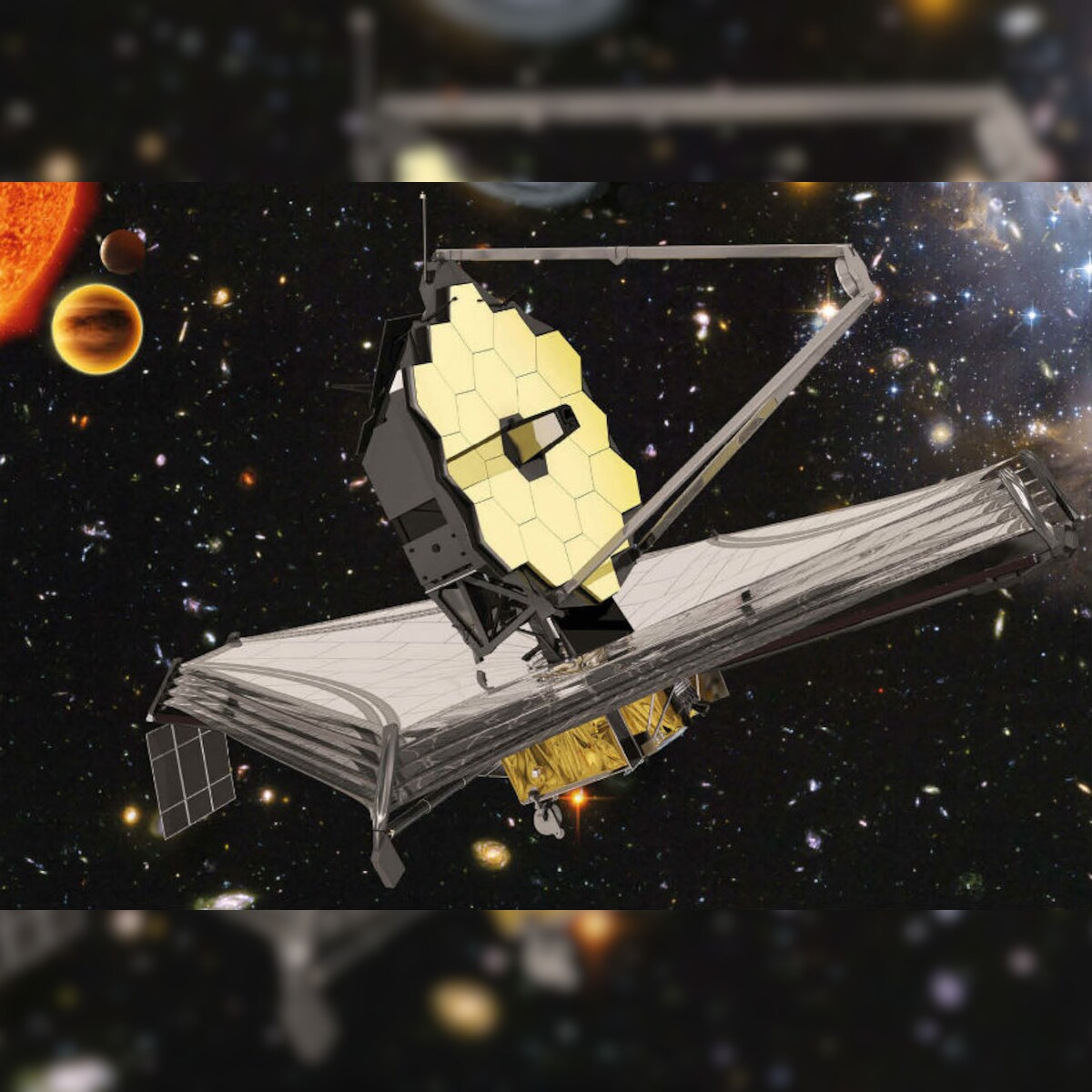
James Webb Space Telescope Nasa has become a new news for this amazing new photo that has been taken from the star formation. Now, scientists who analyze Telescope data believe that it has captured the oldest galaxy image in the universe.
According to a report by NASA, two potential galaxies, named Glass-Z11 and Glass-Z13, allegedly more than 33 billion light years from Earth. This study detailed this data believes that these galaxies were formed for the first 300 million years of the existence of the universe.
Until now, the only other confirmed galaxy has been formed immediately after the Big Bang is GNZ11, which was discovered in 2015. The paper that detailed the discovery of Glass-Z11 and Glass-Z13 had not been reviewed by colleagues, and that was reviewed, and that was the study Led by Rohan Naidu from the Harvard-Smithsonian Astrophysics Center.
Isro’s Astrosat discovered a new star formation
In a peer-review study published in Nature last week, the Indian, American and French astronomer team led by the inter-university centers for astronomy and astrophysics had used data from Astrosat Space Telescope Isro to identify 13 new star formations in The Edge Edge Alam Semesta.
This star formation has been found on the edge of the dwarf galaxy on the outside of the universe, and shows signs of floating to the galaxy in the question, adding the last mass and volume. This discovery is believed to be significant because the mass that developed made it easier for scientists to study the famous faint ‘compact’ compact ‘dwarf) galaxy.
Launched by ISRO in 2015, Astrosate observed an object far at the other end of the electromagnetic spectrum compared to James Webb. The NASA telescope mainly studies the universe in infrared wavelengths, while astrosate observes the universe using ultraviolet (UV), X-ray, and visible light.

